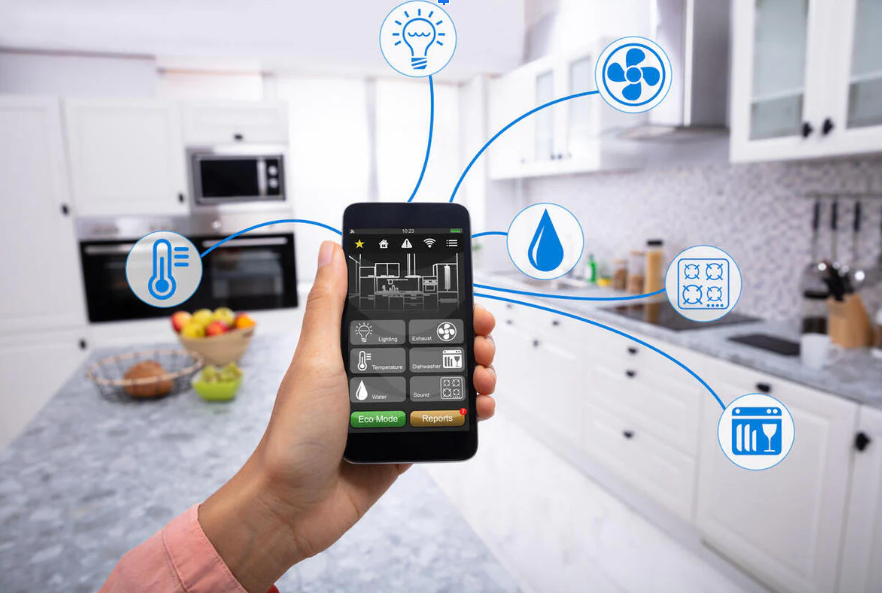Smart homes are no longer a futuristic fantasy. Home automation technology has become increasingly accessible, allowing homeowners to control lighting, security systems, and entertainment with simple voice commands or smartphone taps. The challenge isn’t whether to embrace this technology—it’s knowing which devices will genuinely improve your daily life without overwhelming your budget or technical abilities.
The key to successful home automation lies in understanding your specific needs before diving into the endless array of available gadgets. A strategic approach ensures you build a system that works seamlessly together while avoiding costly mistakes.
Understanding Your Needs and Priorities
Before browsing smart device catalogs, take inventory of your daily routines and pain points. Do you frequently forget to turn off lights when leaving home? Are you concerned about security while traveling? Do you want easier control over your entertainment system?
Start by identifying three to five areas where automation could genuinely improve your life. Common priorities include energy savings, enhanced security, convenience, and entertainment control. This focused approach prevents you from purchasing devices that end up collecting dust.
Consider your household’s technical comfort level too. Some family members may embrace voice-controlled everything, while others prefer simple app-based controls or traditional switches as backup options.
Key Considerations When Selecting Devices
Compatibility stands as the most crucial factor in device selection. Choose products that work with the same ecosystem or communication protocol. This ensures your devices can communicate effectively and be controlled from a single app or hub.
Security features deserve serious attention, especially for devices that connect to the internet. Look for products that offer regular security updates, encrypted data transmission, and strong password requirements. Devices without proper security measures can become entry points for cybercriminals.
Budget planning helps prevent overspending on unnecessary features. Set a realistic budget for your initial setup, then prioritize devices based on your identified needs. Remember that home automation is scalable—you can always add more devices later.
Top Device Categories to Consider
Smart lighting offers the most immediate impact for beginners. These systems allow you to control brightness, color, and scheduling from anywhere. Motion-activated lights enhance security while reducing energy consumption.
Security devices provide peace of mind through smart cameras, doorbell cameras, and sensor systems. Many modern security devices send real-time alerts to your smartphone and allow remote monitoring of your property.
Entertainment control simplifies managing multiple devices through universal remote systems or voice commands. Smart speakers can control music, adjust volume, and even manage other connected devices throughout your home.
Setting Up and Managing Your System
Start with one room or device category to learn the basics before expanding. This gradual approach allows you to understand how different devices interact and helps identify any compatibility issues early.
Create a simple naming system for your devices that’s easy for everyone in your household to remember. Consistent naming makes voice commands more reliable and reduces frustration when controlling devices.
Regular maintenance keeps your home automation system running smoothly. This includes updating device software, replacing batteries in wireless sensors, and reviewing your automation routines periodically to ensure they still meet your needs.
See also: Green Tech Innovations: How Technology Is Fighting Climate Change
Future Trends in Home Automation Technology
Artificial intelligence integration is making smart homes more intuitive. Future devices will learn your preferences and adjust settings automatically without requiring manual programming.
Energy management features are becoming more sophisticated, helping homeowners reduce utility bills through intelligent scheduling and usage monitoring. These advances make home automation increasingly cost-effective over time.
Voice control continues evolving beyond simple commands toward natural conversation. This progression makes smart home technology more accessible to users of all ages and technical abilities.
Making Smart Choices for Your Connected Home
Choosing the right home automation devices requires balancing your specific needs with practical considerations like budget, security, and compatibility. Success comes from starting small, focusing on genuine pain points, and building your system gradually rather than attempting to automate everything at once.
The most effective smart homes feel effortless to their occupants. When you select devices thoughtfully and set them up properly, home automation becomes an invisible assistant that enhances daily life without creating new complications.



